Beginner's Guide To Shade Solutions Pergolas, Gazebos, Or Awnings
Need shade from sun or rain? Explore if an awning, pergola, or gazebo is best for your space—each has unique pros, cons, and ideal uses.
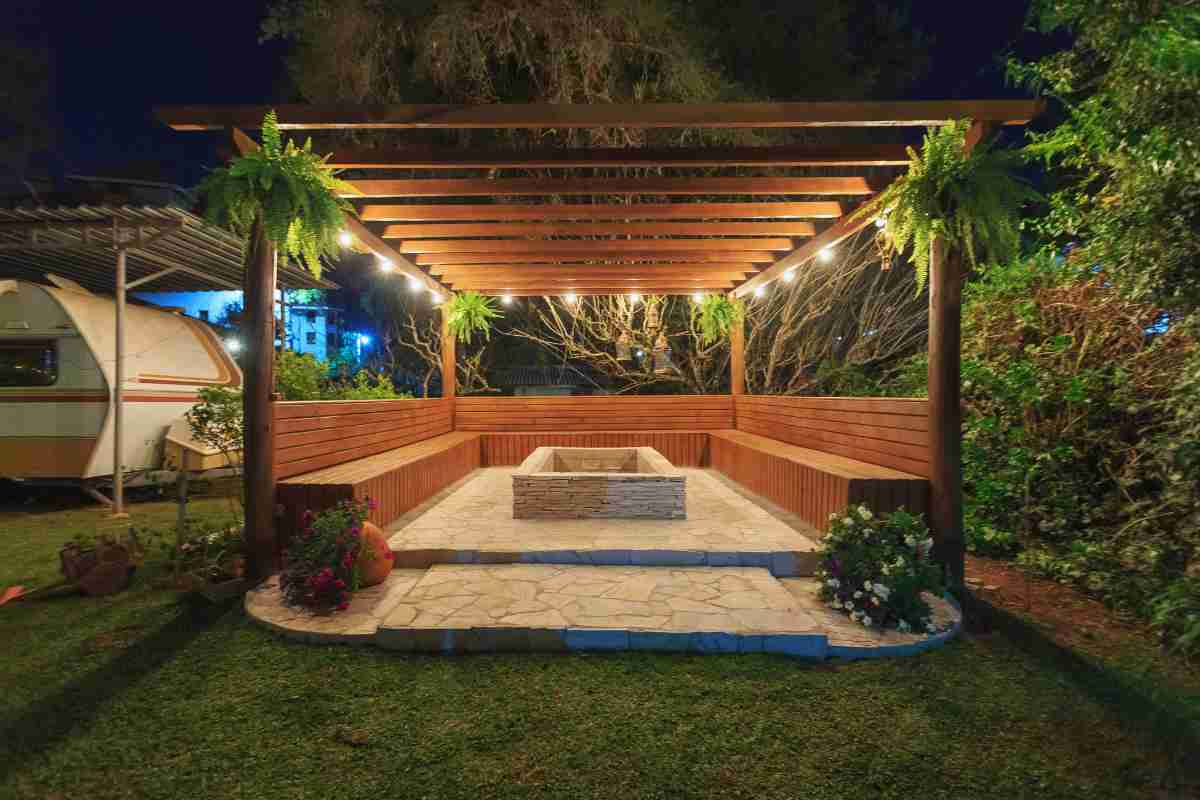
Looking for some shade to protect you from the sun and rain?
The first thing that comes to your mind would probably be awnings or something similar, but it can be worth creating a whole separate structure if you can see yourself using it.
If you already have a deck or patio, you’re probably thinking of just installing an awning over it to provide shelter.
However, there are many reasons to consider a gazebo instead.
To help you make the best choice for your outdoor space, we’ll be exploring the various pros and cons of awnings, pergolas, and gazebos, as well as when to use each one.
What Are Awnings, Pergolas, And Gazebos?
Most people would know what an awning is, so we won’t explain too much. They’re just extended roof-like structures that people install to provide shelter, and there are both stationary and retractable ones.
Pergolas, if you’ve never seen one before, are a bit hard to describe, but just imagine a structure (usually wood) with four supporting posts and a roof made out of rows of beams.
And yes, the spaces between the beams allow plenty of sun and rain to pass through, so pergolas don’t stop rain unless you add on a retractable canopy or polycarbonate panel or something like that.
Finally, gazebos are a type of outdoor living space with a solid, sturdy, pointed roof. They’re the most robust structure out of the three, so you can usually make them more cosy and outfit them with more features.
1. Awnings
Since awnings are essentially extensions of your roof, unlike pergolas and gazebos, you’re not building a whole separate structure for your shelter, so awnings are going to be cheaper than gazebos and in most cases, pergolas too.
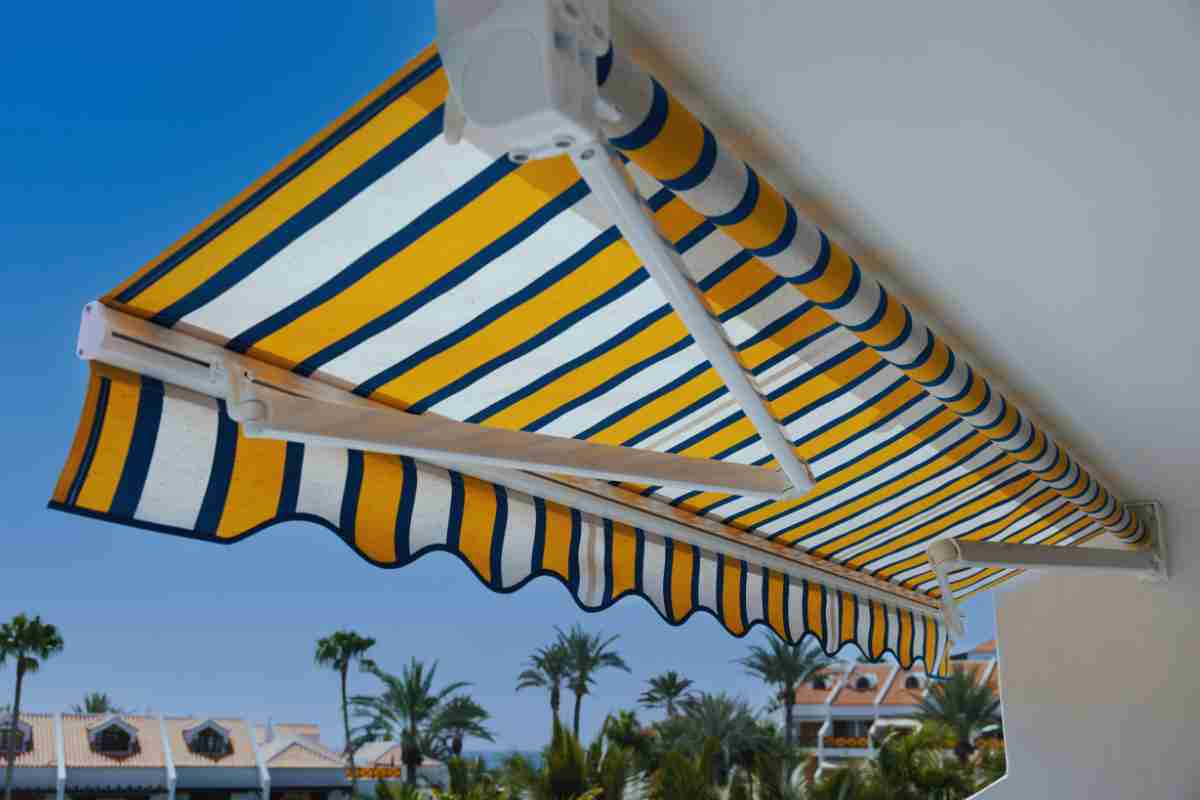
Even if you’re engaging reputable contractors like Uni Shades to carry out the installation, an awning is still going to be less expensive than DIYing a pergola in the majority of cases.
There are also retractable awnings, so unlike pergolas and gazebos, with retractable awnings, you can retract the awning whenever you like to get more sunlight in and brighten your space.
There are even motorised retractable awnings so that you can easily control them with your phone or by pressing buttons
Awnings can also be installed in specific smaller spaces, like outside your window or your door, to provide just that bit of shelter that they need, which is something that can’t be done with pergolas and gazebos.
The flexibility to install awnings anywhere you want means they can be installed at strategic areas like outside your window to cool down your indoor space and reduce your cooling costs as well as protect your indoor furnishings.
As compared to gazebos and pergolas, the main aspect that it loses out in is aesthetics and durability.
Awnings, especially fabric ones or retractable ones, are less hardy than a solid structure like pergolas and gazebos. So if your area often experiences strong, intense weather, it’s best to opt for one of those structures or to use tougher awnings like metal or polycarbonate awnings.
Aesthetics-wise, awnings are in essence a type of roof, so they’re much less noticeable and command less attention than pergolas and gazebos.
You’re also able to customise gazebos in various different styles, and decorate pergolas with various elements like climbing vines, hanging baskets, and so on.
So when it comes to aesthetics, being less noticeable and less customisable, awnings tend to be lacking as compared to the other two.
That said, a glass awning can add a layer of sophistication and class to your space that the other two structures can’t, so if it’s a high-end, timeless, classy look you’re going for, glass awnings are perfect for the job.
When To Choose Awnings
In short, choose awnings when you want a retractable shelter, need a shelter in smaller spaces, or want something slightly cheaper than the other options.
They’re also easier to install, so they can be done quickly, and you can skip the structural permit process.
2. Pergolas
Next, pergolas are larger structures, so they’re much more noticeable than awnings.
They can also bring a rustic, countryside vibe to your home, as they’re usually made of wood and can be adorned with flower baskets and climbing plants.
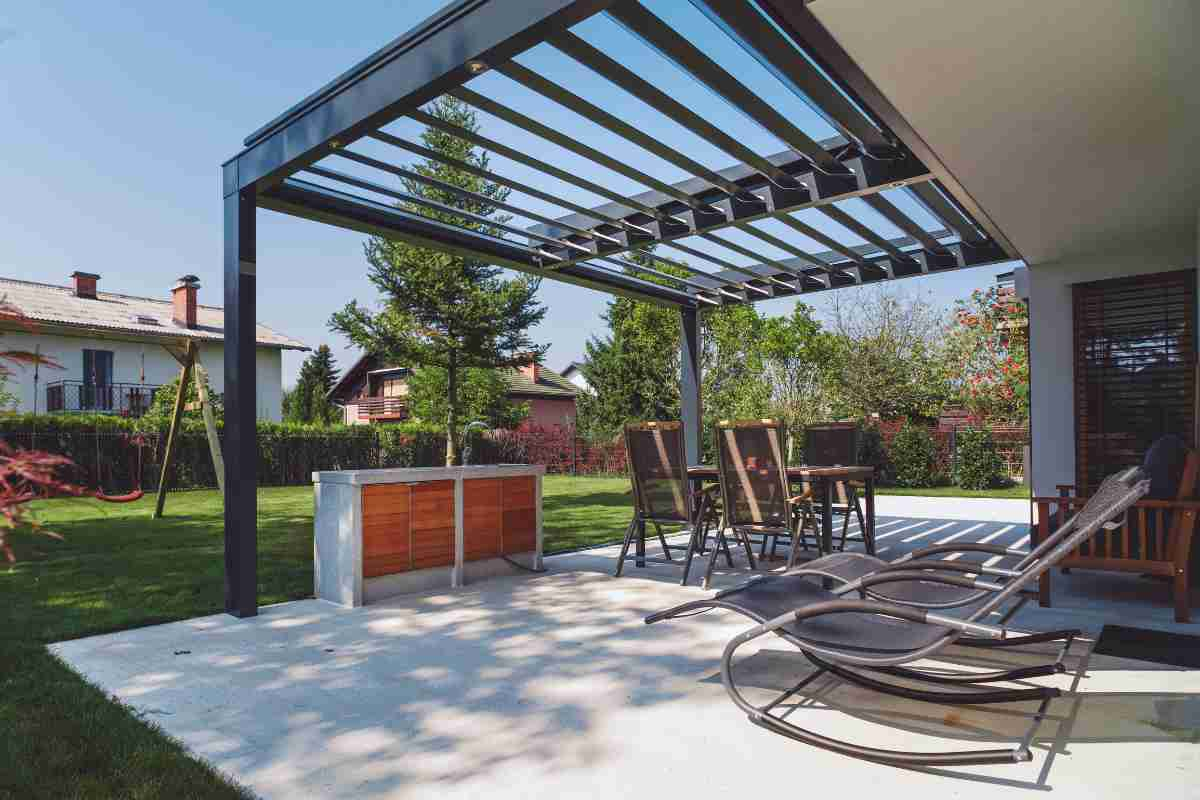
That’s not the only aesthetic you can have though, as there are aluminium, steel, and even PVC versions that can better complement modern aesthetics.
Either way, pergolas can add a layer of character and depth to your outdoor area. They’re also the best type of structure to adorn with plants.
A common concern that homeowners often raise with pergolas is that they don’t provide any real shelter from the rain, so they’re more aesthetic than practical.
However, that’s a small issue that can easily be overcome with some kind of covering like a fabric canopy or a shade cloth, or something similar.
Of course, if you’re planning to incorporate plants with your pergola, that also means additional maintenance, but it’s a necessary task that needs to be done with all plants, so you can’t really consider it a drawback.
When To Choose Pergolas
Pergolas are best for those looking to add some character and depth to their outdoor space with a more permanent shelter structure, and are willing to perform that additional maintenance if they intend to incorporate plants.
They will come at a higher cost than awnings though, so consider if you only need shelter, or if you’re willing to pay more for that additional aesthetics boost.
3. Gazebos
The last, and most sturdy structure on this list, gazebos are the most liveable structure out of the three.
Given its sturdiness and that it protects very well from all sorts of elements with its solid shelter, people often feel more comfortable and cosy, and are happy to spend more time in them.

As such, gazebos can be highly customised and outfitted with more features for enjoyment. These can range from a simple dining table set to even hot tubs or turning the gazebo into an outdoor office.
Aesthetics-wise, a gazebo brings a certain cosiness to your space, as they function almost like a second, smaller home, or at least an additional space where you can relax without having to worry about inclement weather.
A lot of times, they also function as the centrepiece of your yard, acting as the star of the show and enhancing your overall aesthetics.
There’s only one real drawback with gazebos–cost.
Gazebos, being so solid and sturdy, are of course built with more robust materials, which will naturally cost more. They’re also the largest structure out of the three and require the most materials.
So more materials are needed, and the materials are pricier, further contributing to the high overall cost. The additional weight also means foundation work needs to be done too, again adding to the overall costs.
Also, if you’re going to outfit it with electrical components like fans, air conditioning systems, or even a hot tub, you’re going to need running power, which is additional cost, both to set up and when using it.
When To Choose Gazebos
Gazebos are wonderful, lovely structures–but only if you can afford them.
A gazebo adds much more functionality and liveability to your outdoor space while enhancing its aesthetics, so there’s really no real downside besides the costs.
So if you can see yourself using your gazebo and can afford one, go for it.
Conclusion
Each of these options has its own pros and cons, and neither is really better than the other.
Make sure to consider your needs and space availability carefully and remember to factor in the maintenance needed before making your final choice.
Also, don’t forget to obtain the necessary permits so that you don’t violate any regulations, especially for gazebos.

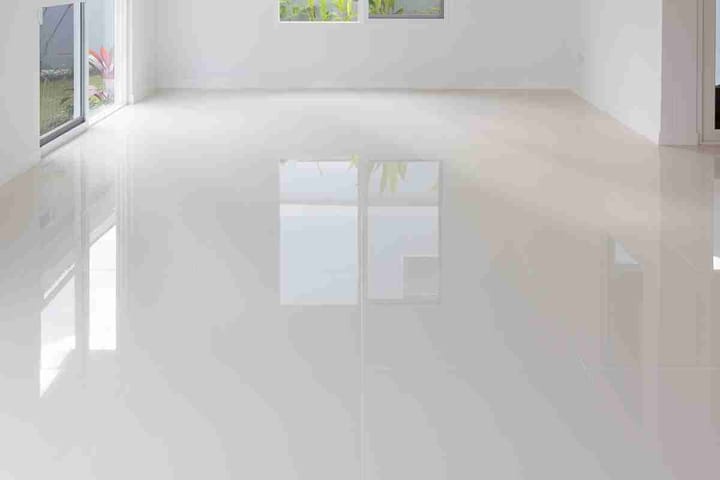
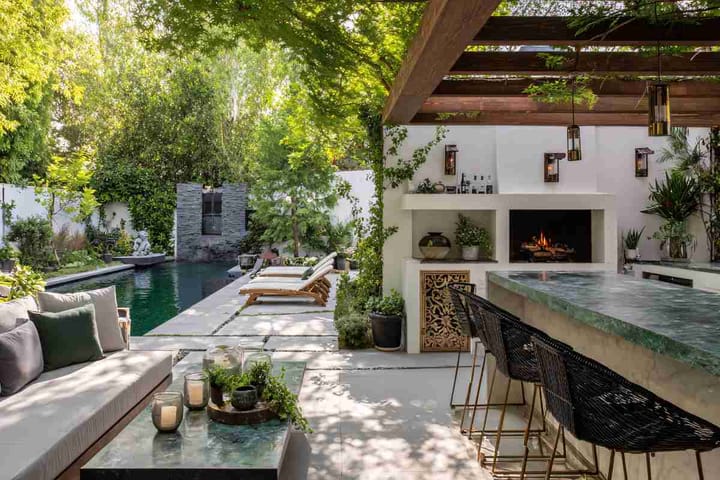

Comments ()